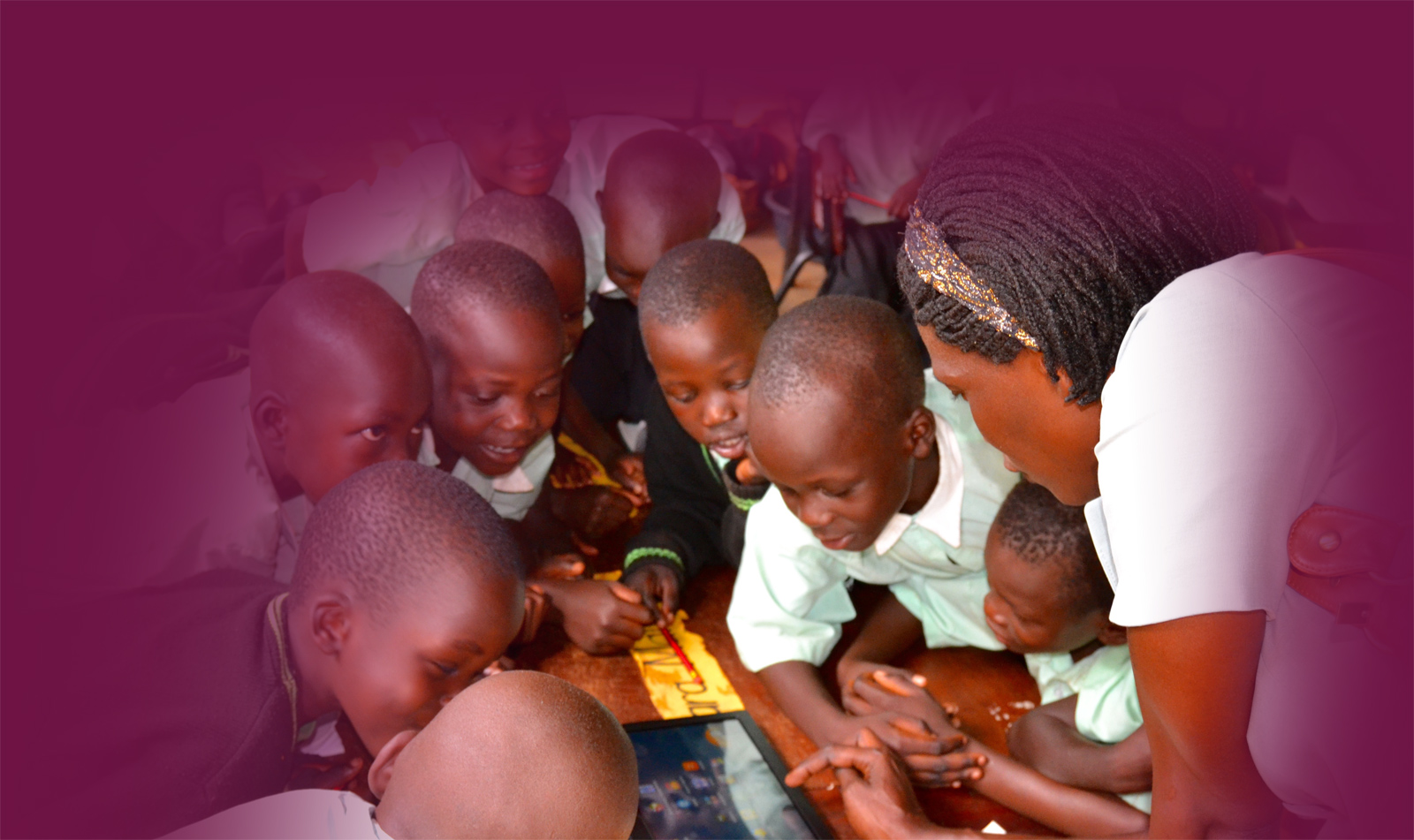A cornerstone of USAID early-grade literacy programs
Teacher Guides

Hundreds of millions of children, often in the poorest countries, are not in education. Millions more have access to a classroom but do not learn within it. For those who go to school but don’t learn, some of the failure can be explained by unsupported teachers and poor learning materials
Because of their success, teacher guides are a cornerstone of USAID early-grade literacy programs in Africa, such as Tusome in Kenya, and are utilized as an effective form of educational delivery.
They are particularly effective in developing countries where even teachers from certified training programs struggle with core knowledge competencies. In Uganda, for example, according to Uganda National Commission for UNESCO 94% are untrained Caregivers
According to the Uwezo report 2016, eight out of ten state primary school teachers can neither read nor solve basic primary-level mathematics questions and these are teachers expected to teach children to compete at national level.
Teacher guides empower teachers with lessons that have been tested to ensure student comprehension, which means better prepared teachers who can focus on teaching and more learning for the children who need it most.
The teacher’s guide has been written basing on the current NCDC’s (National curriculum development center) Early Childhood Learning Framework which is infused with the STEM approach and the British national curriculum for a higher quality of learning. It is designed to ease the teacher’s preparation before the lesson since it suggests all the necessary requirements a teacher needs. It also contains reliable content a teacher should give to the learners in a particular lesson and share with parents what is required for continued stimulation/learning even at home. The presentation of this content has been made easy by suggesting the reliable steps a teacher should understand while leaving room for creativity.



